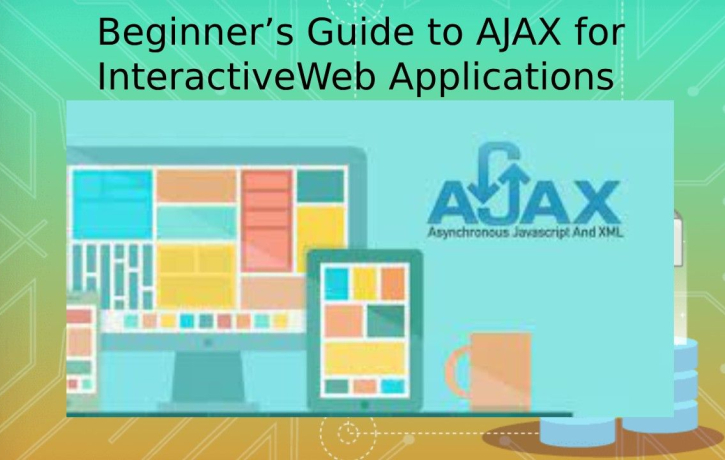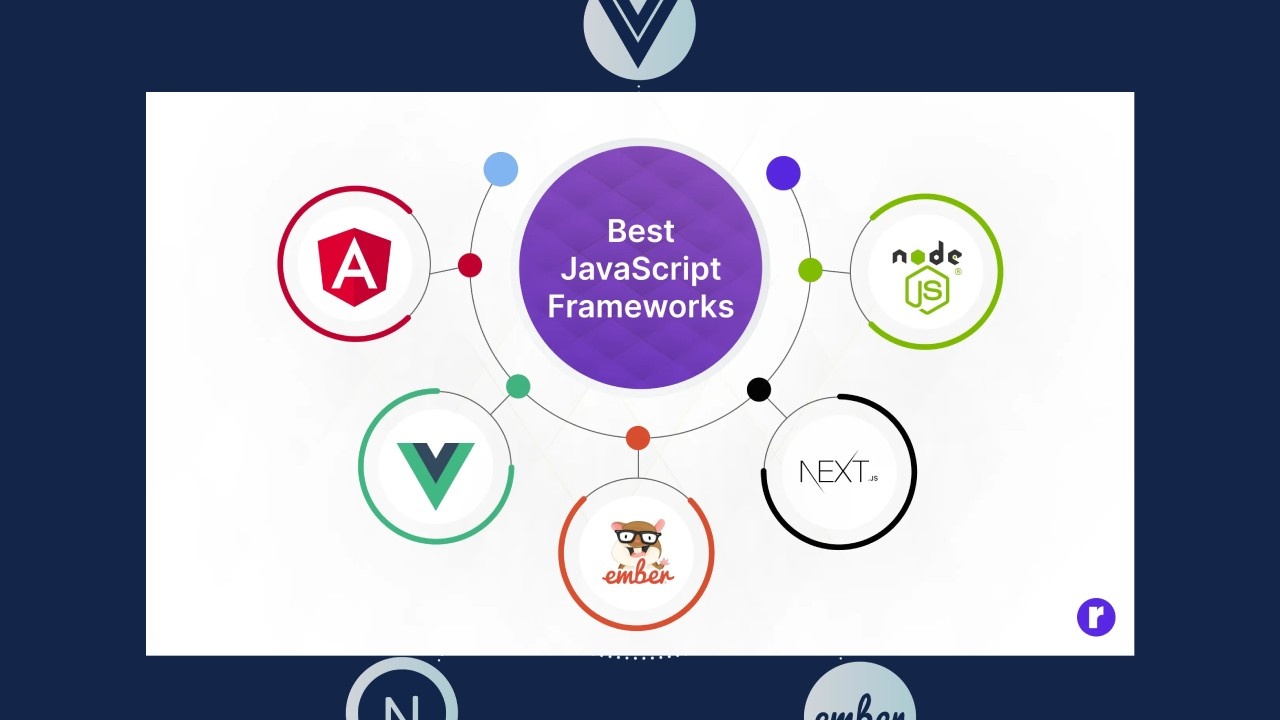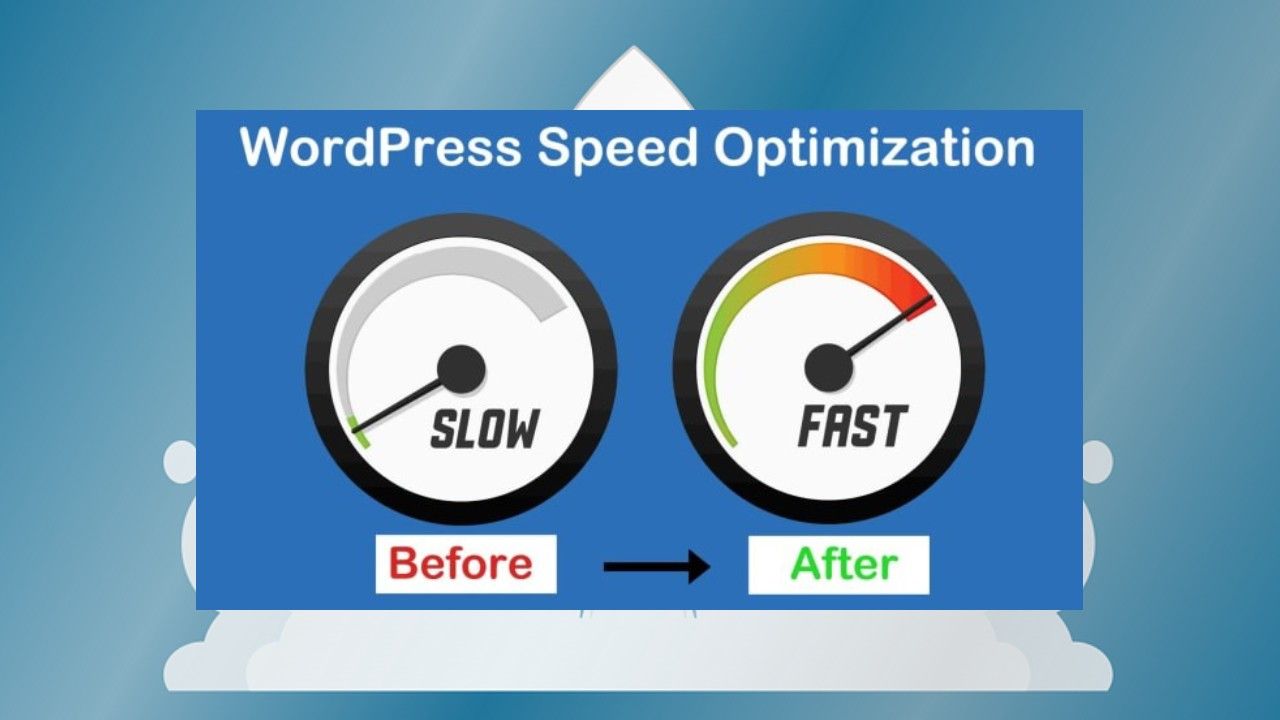
Beginner’s Guide to AJAX for Interactive Web Applications is an essential tool for building dynamic and interactive web applications. It enables web pages to update their content asynchronously, which means that new data can be loaded without the need to refresh the entire page. This leads to a smoother and more efficient experience for users. In this beginner’s guide, we will explore what AJAX is, how it functions, and how you can leverage it to improve your web applications.
What is AJAX?
Beginner’s Guide to AJAX for Interactive Web Applications AJAX is a set of technologies that allows for the sending and receiving of data between a web browser and a server without the need to reload the whole page. While it initially relied on XML for data exchange, it now frequently uses JSON because of its simplicity and user-friendliness.
With AJAX, you can develop fast and interactive web applications by updating specific parts of a page dynamically, eliminating the necessity for a complete page reload. This capability is particularly beneficial for features such as live search, submitting forms without refreshing, or loading new content as users scroll down.
AJAX functions through JavaScript, which interacts with the server via the browser’s built-in XMLHttpRequest object or the more modern fetch API. When a user engages with a web page, like clicking a button, AJAX initiates a request to the server. The server then processes this request and returns data, typically in JSON format. JavaScript subsequently updates the page with the new information, all without requiring a full page reload.
Here are the fundamental steps of how AJAX operates:
1. A user action (such as clicking a button) triggers the AJAX request.
2. The AJAX request is dispatched to the server using JavaScript (either XMLHttpRequest or fetch).
3. The server processes the request and responds, usually in JSON or XML format.
4. JavaScript dynamically refreshes the web page with the new content.
A Simple Example of AJAX with jQuery Although AJAX can be implemented using plain JavaScript, many developers opt for libraries such as jQuery due to its simpler syntax and better cross-browser support. Here’s a straightforward example of how to utilize AJAX in jQuery:
$(document).ready(function() {
$(‘#loadButton’).click(function() {
$.ajax({
URL: ‘data.php’, // The server-side script to process the request
type: ‘GET’,
dataType: ‘json’,
success: function(response) {
// Update the page with the new content
$(‘#content’).html(response.content);
},
error: function() {
alert(‘Error loading data’);
}
});
});
});
When the user clicks the #loadButton, an AJAX GET request is made to data.php. Upon success, the content received from the server (in JSON format) is placed into the #content element.
Practical Uses of AJAX
Form Submission without Page Reload: Instead of refreshing the page after submitting a form, AJAX allows you to send the form data and update the page with either a success message or any errors that may have occurred.
Live Search: AJAX enables the creation of search boxes that display real-time results as users type, all without the need to reload the page.
Infinite Scroll: With AJAX, you can load additional content as users scroll down, providing a smooth and uninterrupted browsing experience.
Chat Applications: AJAX is ideal for developing live chat systems where new messages can be sent and received instantly, without refreshing the page.
Updating Data Dynamically: AJAX allows for parts of a page to be updated with new information, such as refreshing a news feed, without the need to reload the entire page.
Benefits of Using AJAX
Improved User Experience: AJAX enhances user experience by providing a fast, interactive environment that eliminates the need for page reloads.
Reduced Server Load: By only loading the necessary data instead of the entire page, AJAX helps to lessen the load on your server.
Faster Page Load Times: AJAX refreshes only the sections of the page that require updates, leading to quicker load times.
Conclusion
Beginner’s Guide to AJAX for Interactive Web Applications.AJAX revolutionizes web development by allowing the creation of dynamic, interactive, and responsive web applications. It enhances user experience by enabling portions of a page to refresh without a full reload, giving web applications a faster and more fluid feel. By mastering AJAX, you can implement seamless, real-time features that boost your website‘s performance and keep users engaged. Begin experimenting with AJAX today to elevate your web applications to new heights!






